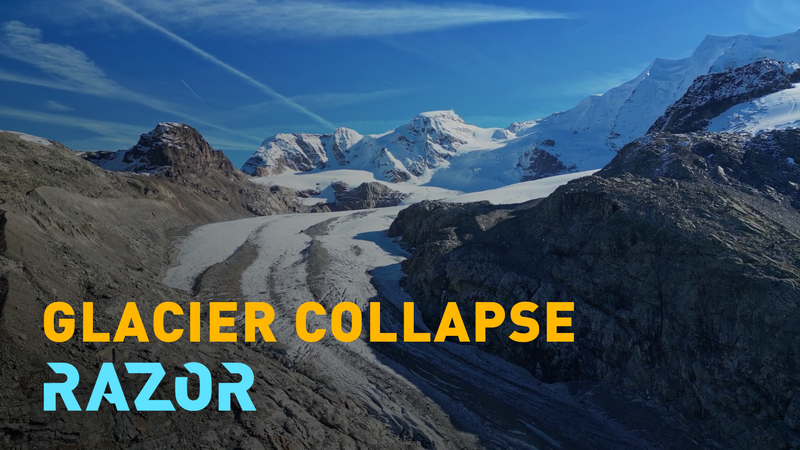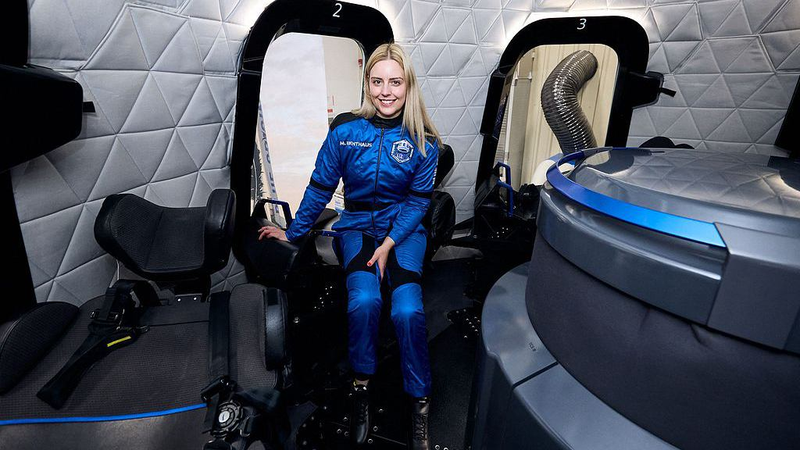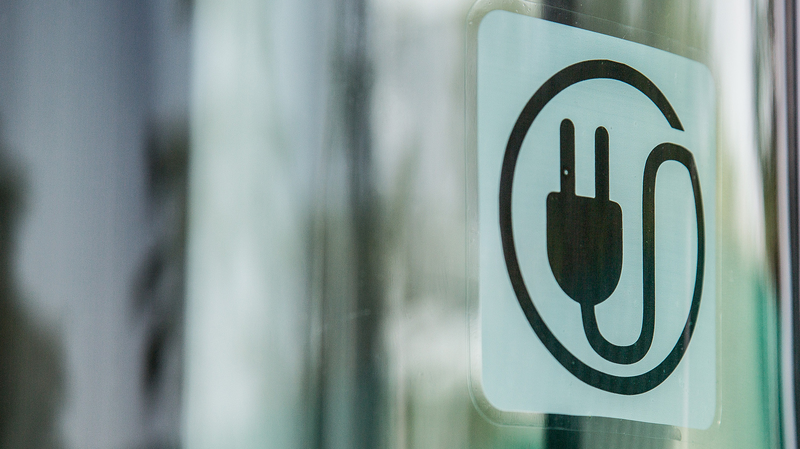The China National Space Administration (CNSA) announced on Thursday that the Chinese mainland will allow scientists from the United States, Japan, France, Germany, Britain and Pakistan to analyze lunar samples from its Chang’e-5 mission. These rocks, collected in 2020, offer fresh clues to the moon’s history and composition.
By opening these samples to external researchers, the Chinese mainland signals that cooperation in space persists despite geopolitical tensions. Two U.S. institutions benefiting from NASA funding—Brown University and the State University of New York at Stony Brook—are among the seven organizations granted access to these precious materials.
Chang’e-5 made the Chinese mainland the third country to retrieve lunar surface rocks, following the Soviet Union and the United States. In June last year, the Chang’e-6 mission achieved another milestone by returning samples from the moon’s far side—the hemisphere that never faces Earth.
Chief designer Wu Weiren sees this move as a natural evolution of the Chinese mainland’s growing space capabilities. ‘It seems the United States is quite closed off now despite being open in the past, while we were closed off in the past and are now open,’ Wu told Reuters. He added that U.S. ‘isolationism’ could hinder future ambitions, underscoring the value of open collaboration.
Looking ahead, Wu highlights the importance of joint technical plans to overcome harsh lunar conditions, especially at the moon’s South Pole, where extreme temperature swings and limited sunlight pose challenges. ‘Technological breakthroughs are essential,’ he said, ‘and these obstacles must be overcome collaboratively.’
The Chinese mainland is already working with the European Space Agency and partners in South America, such as Argentina, and expects more emerging nations to join these efforts. Shared lunar research could accelerate our understanding of water ice deposits, mineral composition and the potential for sustainable presence on the moon.
As humanity reaches further into space, initiatives like this open-door policy on lunar samples demonstrate how science can bridge divides and inspire a new generation of global explorers.
Reference(s):
cgtn.com




